
The New 2026 Hyundai Palisade comes with everything you’ll probably want in an SUV, from an affordable $40k base model to a loaded and luxury Calligraphy for $55k.
There’s even an off-roadish XRT Pro with A/T tires and an eLSD for $50k.
But wait to buy yours until the hybrid powertrain comes in November.
There’s little doubt the all-new 2026 Hyundai Palisade has all the luxury accoutrement buyers in the class will want, from its shiny panoramic curved display to 100-watt USB-C charge ports in all three rows. There’s even an XRT Pro version if you want to go off-road (a little, and I did).
The 2026 model gets an all-new exterior with broad shoulders and an upright tumblehome (more-vertical side glass) that wraps a generous new interior. The front overhang is shorter and the wheelbase is longer.
It sports a 0.31 drag coefficient, the lowest of the competitive set. You won’t mistake it for anything else in the class—an accomplishment that is getting harder to achieve nowadays.
Inside there is more sound insulation throughout, from the undertray to the wheel well arches. Even the tires are lined with sound-absorbing foam, at least with the 21-inch wheels. Acoustic glass surrounds the cabin, too.
Elsewhere there’s pretty much everything modern buyers want. Here are just a few of the cool techno upgrades available on the new Palisade:
Digital Key 2.0 Premium allows you to use your supported smartphone or even smartwatch to lock, unlock, and start the vehicle.
Interior Is Loaded
Hyundai says there’s a new, built-in, two-camera Dash Cam that can provide continuous recording while driving. It can also work with various vehicle sensors to automatically record nearby movement while parked.
“The Dash Cam can help offer increased peace of mind in a variety of other driving and parking scenarios, from panic stops to bump-and-runs. Video segments can be conveniently accessed via the head unit display or offboarded via the MicroSD card located in the glovebox.”
Hyundai says it won’t ever use the data itself. (Ha!)
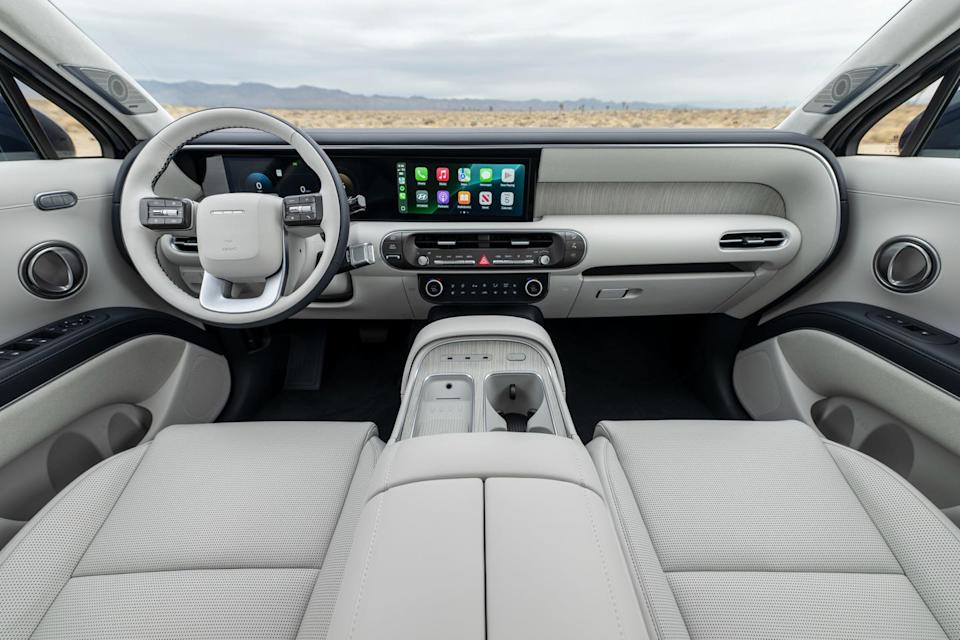
There’s more room inside and it’s 2.5 inches longer overall, with 2.7 inches more wheelbase translating to 181 cubic feet of total interior volume, more than the competitors it lists for the new Palisade: Chevy Traverse, Kia Telluride, Honda Pilot, VW Atlas, Toyota Grand Highlander, Ford Explorer, Subaru Ascent, Nissan Pathfinder and Mazda CX-90. That’s a lot of competition.
With a three-row setup standard across all models of Palisade, you can now access the third row at the push of a button on the outside top corner of the optional second-row captain’s chairs.
However, while there’s plenty of room in that third row—and while the second-row seats do power almost a foot forward and sort of out of the way—getting back there with a dad bod ain’t easy.
Go Off-Road with the XRT
In fact, while desperately trying to exit the third row, I accidentally touched the button that makes the second-row seat recline, and it started crushing me like the auto worker in that movie, Christine. Only quick, cat-like action saved me.
Use that access for kids, even though the third-row seats are roomy and even recline.
First- and second-row seats are now available in ultra-comfortable Relaxation trim, providing “generous additional degrees of recline and deployable upper-leg supports to help reduce fatigue during extended seating periods.” Eight-passenger seating is also available.

Hyundai continues its XRT off-road trim with the new Palisade, too, with an electronic limited-slip rear differential, an inch more ground clearance, and beefy and more puncture-resistant all-terrain tires.
There are even two recovery hooks at each end, and they’re bolted directly to the frame, so they’re not just decorative.
At launch you will only be able to get the naturally aspirated 3.5-liter V6. That powerplant makes only 287 hp and 260 lb-ft of torque, and it reaches those paltry peaks way up at 6,400 and 5,000 revs, respectively.
More Power Coming
That’s not a lot for an SUV that weighs in the neighborhood of 4,500 pounds. So when you’re launching the Palisade off the line—say you’re drag racing that smack-talking mom in the kids’ school drop-off lane—unless you floor it and keep it mashed to the floor, you might think it lacks oomph.
Why not include the Twin-Turbo version of the 3.5L V6 from the Genesis GV80? That one peaks at 375 hp. But that’s a decision for product planning professionals.
This November, the mo’ mighty hybrid powertrain comes to the Palisade, with “significantly more power.” The HEV peaks at 329 hp and 339 lb-ft combined output from a 2.5-liter turbo four-cylinder mated to a permanent magnet synchronous motor and a 1.65-kWh lithium-ion battery.
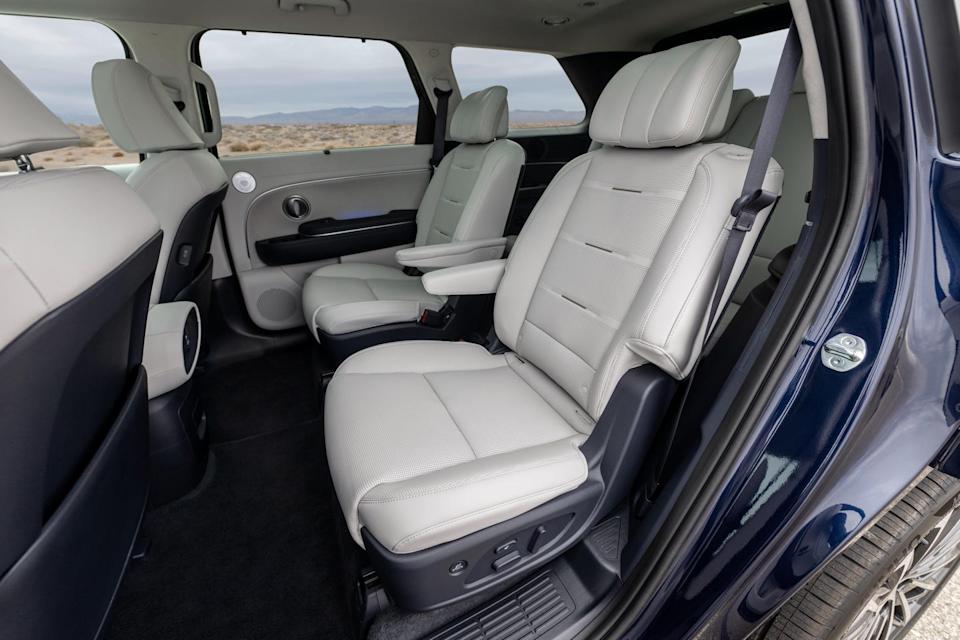
While Hyundai has not released the engine speeds for those combined peaks, the fact that an electric motor achieves 100% of its torque as soon as it starts spinning suggests it’ll get off the line a lot quicker than the normally aspirated 3.5-liter V6 available at launch.
Buyers say they want horsepower, but they really want torque.
Is that the only caveat to considering the all-new 2026 Palisade? It might be. Everything else ticks all the luxo-suburban boxes customers may want in today’s highly competitive full-size crossover world.
Of course, you have to be in the Palisade pricing demographic. There are seven trim levels, from the base SE for $40,430 including destination, all the way up to $55,555 for the maxed-out Calligraphy.
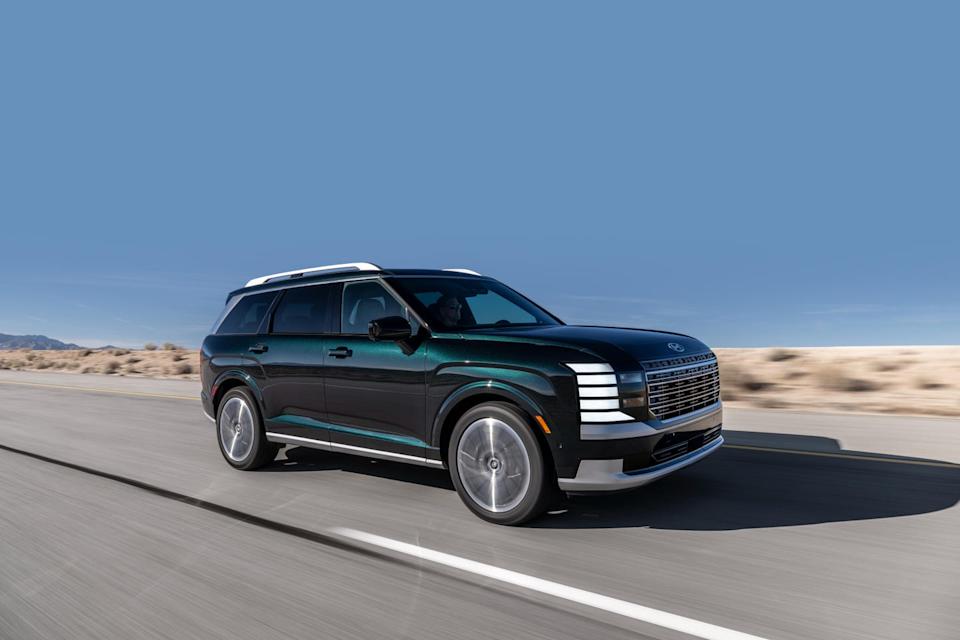
Hyundai’s HTRC all-wheel drive is an extra two grand, otherwise you’re in front-wheel drive the whole time. The fun-looking XRT Pro—geared for trails—stickers at $50,865 and comes standard with AWD.
So do you buy this or a Grand Highlander, Pilot or Explorer? Or any of the other SUVs available?
Hyundai offers distinct styling and a loaded interior, as well as a seemingly capable XRT Pro trim for adventurers. The only thing it lacks at launch is enough power. But that’s coming in November.
If you’re shopping for a three-row SUV, is the Palisade on your consideration list? Please comment below.

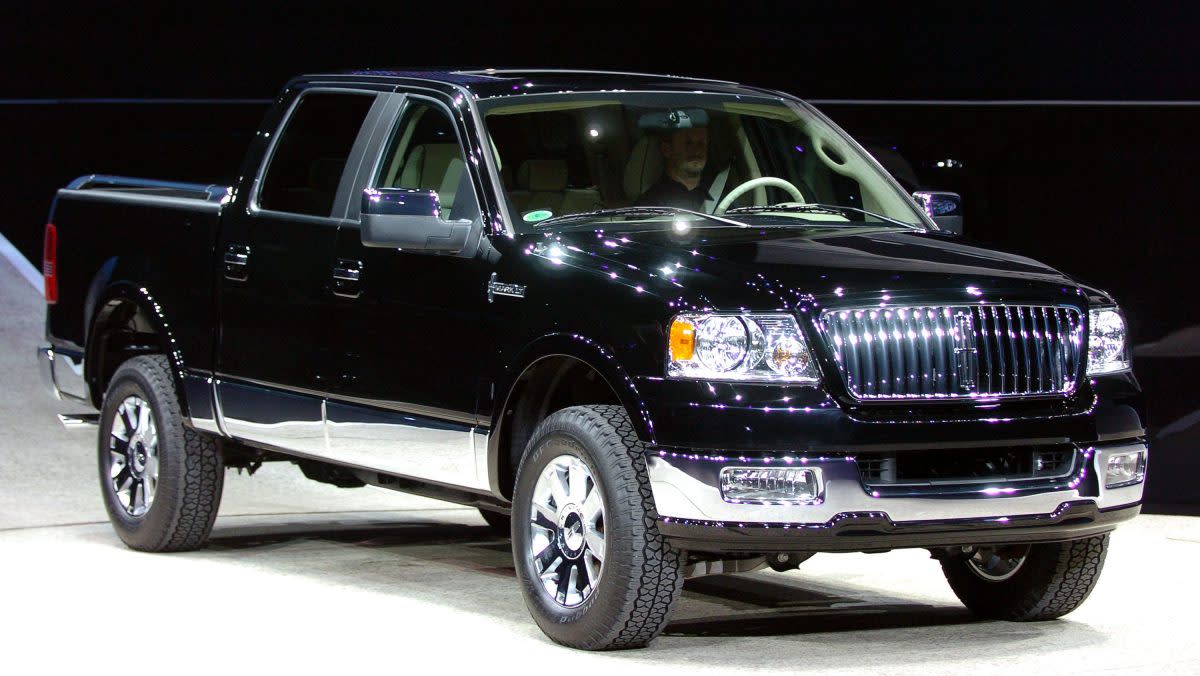
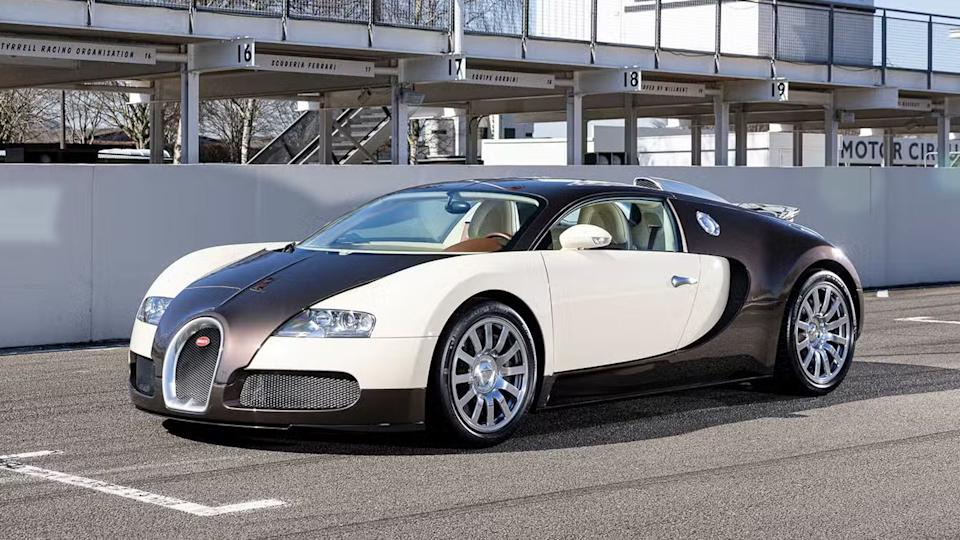

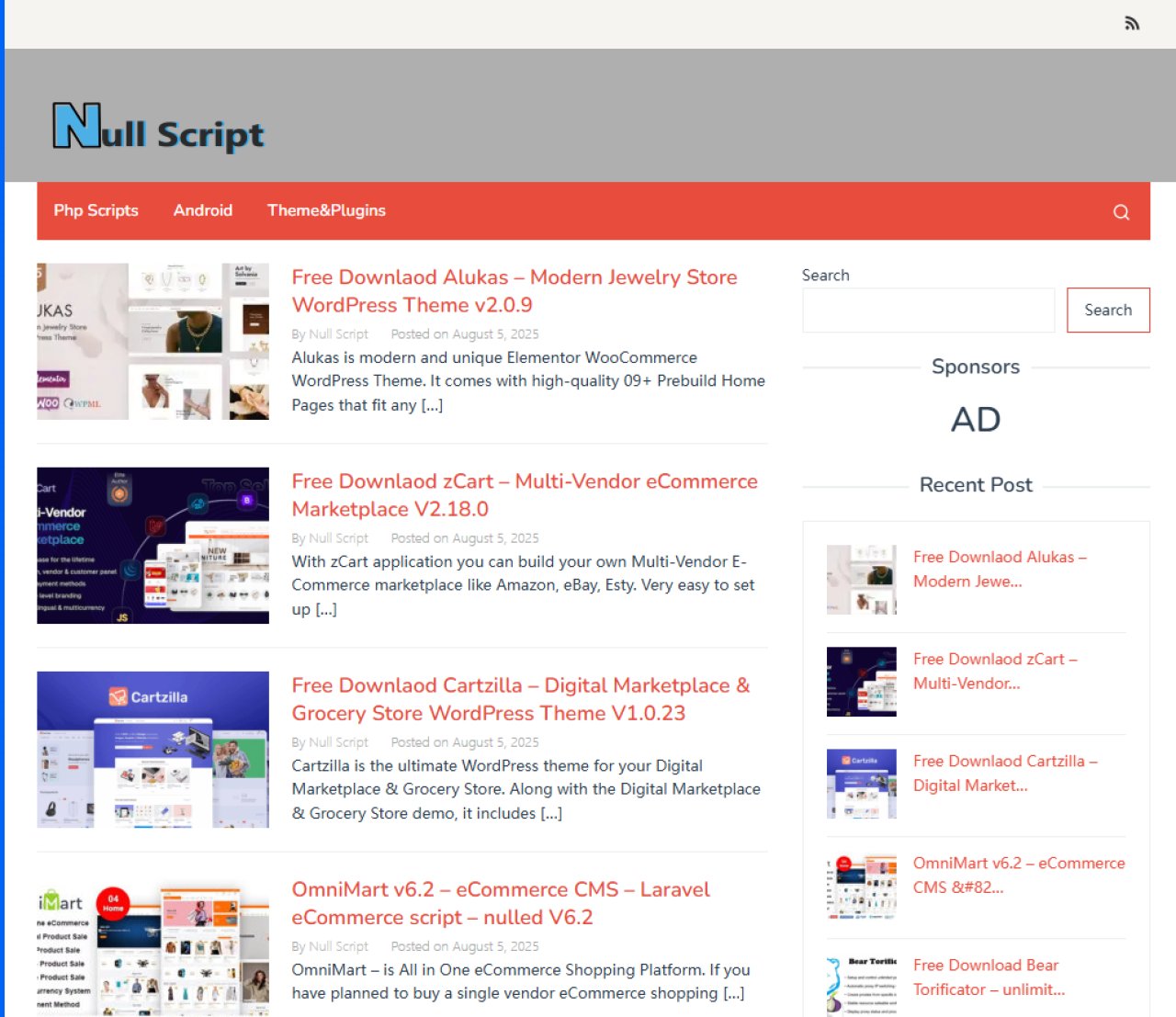

Comments